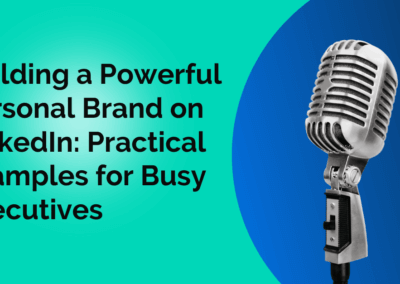Purchasing a new CRM system is a pretty big deal for a business. It’s an investment in both time and money. It’s a good idea to plan this decision in detail prior to the big day rather than just buying the latest and greatest version of something you know little about.
What can you do to protect yourself from overpaying or worse, wasting your company’s hard earned money? If you don’t see a positive ROI, then what’s the point of some fancy new software? Think about these things before you go in head over heels for a new CRM:
Weigh the options
There are more options for CRM systems than ever before. While most are similar in their general function–managing prospect relationships–each operates under a unique value proposition. Whether it be an added feature or a discounted price, there will be pros and cons to every option. Weight each option carefully.
Pick the plan that works for your company
With all the options available to you for selecting the perfect CRM, you need to pick the one that will work best for your company. Does it make sense for you business to purchase the ‘Platinum’ or ‘Gold’ version when you have less than 500 contacts? Be sure to read everything in detail and, as always, the fine print.
Define (and keep in mind) users
Like anything new, there will be an adjustment period. Your employees may or may not come across some speed bumps when they first begin using a brand new system or software. Your best bet is to choose a CRM vendor that offers excellent customer service and support. This is a huge tenet of most companies today, and can make or break how your sales reps adapt to the new system. Some sort of training program is also important to speed up the integration and should be considered a priority from the top down.
Customization
Being able to customize your new CRM to specific wants and needs should carry significant weight with you as well. Access control and third-party integration is almost a necessity these days.
Prove ROI
Tracking your ROI will be key in helping you determine how successful your new CRM will be. What is your net gain percentage over cost? This can get a little fuzzy. Make a list of whether the ends justify the means. Compare your total costs versus your net gains. Looking at these bottom lines should be able to tell you exactly what benefit your new CRM has or can provide for you. Taking a detailed approach prior to buying a new CRM will reduce the risk you take when making such an important purchase for your company.
Don’t let these tips scare you off. Purchasing a CRM system is a huge decision, but in today’s complex selling environment, it’s a necessary one. Sales reps are blind without it. And as more and more companies are recognizing the need to align sales and marketing departments, a CRM and marketing automation platform that can work together is essential.
See how you can enable Smarketing with Sales and Marketing technology. Download the Smarketing eBook below!
{{cta(‘688cad15-9232-47e2-80f7-42de2f931279’)}}



